Soil Additives To Retain Moisture And Keep Your Plants Happy
Soil Additives to Retain Moisture and Keep Your Plants Happy
Introduction
Do you have plants that seem to dry out too quickly, even when you water them regularly? If so, you may need to add some soil additives to your potting mix. Soil additives can help to retain moisture, which will help your plants stay healthy and happy.
In this blog post, we will discuss some of the most effective soil additives for moisture retention. We will also provide tips on how to choose the right soil additives for your plants and how to apply them correctly.
Main Content
There are many different soil additives that can help to retain moisture. Some of the most common include:
- Peat moss: Peat moss is a natural material that is made from the decomposed remains of mosses. It is a very effective moisture retainer, and it also helps to improve the drainage of your soil.
- Vermiculite: Vermiculite is a mineral that is made from mica. It is lightweight and porous, which makes it a great way to add air and water to your soil.
- Coconut coir: Coconut coir is a natural fiber that is made from the husks of coconuts. It is a great way to add organic matter to your soil, and it also helps to retain moisture.
- Perlite: Perlite is a volcanic rock that has been expanded to create small, lightweight beads. It is a great way to improve drainage and aeration in your soil.
- Worm castings: Worm castings are the excrement of earthworms. They are a rich source of nutrients, and they also help to improve the structure and drainage of your soil.
When choosing soil additives for moisture retention, it is important to consider the type of plants you are growing. Some plants, such as succulents, prefer well-draining soil, while others, such as ferns, prefer moist soil.
It is also important to consider the climate you live in. If you live in a hot, dry climate, you will need to choose soil additives that are very effective at retaining moisture. If you live in a cool, wet climate, you may not need to add as much moisture-retaining additives to your soil.
How to Apply Soil Additives
Soil additives can be added to your potting mix at the time of planting or at any time after planting. If you are adding soil additives to your potting mix at the time of planting, you will need to mix them thoroughly into the soil.
If you are adding soil additives to your potting mix after planting, you can simply sprinkle them on top of the soil and then water them in.
Conclusion
Soil additives can be a great way to help your plants retain moisture. By adding the right soil additives to your potting mix, you can help your plants stay healthy and happy, even in hot, dry climates.
FAQ of soil additives to retain moisture
What are some soil additives that help retain moisture?
There are a number of soil additives that can help retain moisture, including:
- Peat moss: Peat moss is a highly absorbent material that can hold up to 20 times its weight in water. It is a good choice for sandy soils, which tend to drain quickly.
- Compost: Compost is a rich source of organic matter that helps improve the water-holding capacity of soil. It also provides nutrients to plants, which helps them grow healthier and more resilient.
- Vermiculite: Vermiculite is a lightweight, porous material that helps improve drainage and aeration in soil. It also helps retain moisture, making it a good choice for both sandy and clay soils.
- Coconut coir: Coconut coir is a natural fiber that is made from the husks of coconuts. It is a good choice for retaining moisture in potted plants and containers.
- Water-holding crystals: Water-holding crystals are a type of polymer that can absorb and store water. They are a good choice for plants that require a lot of water, such as succulents and cacti.
How much soil additive should I add to my soil?
The amount of soil additive you need to add to your soil will depend on the type of soil you have and the plants you are growing. A good rule of thumb is to add 1-2 inches of soil additive to the top 6-12 inches of soil.
When should I add soil additives to my soil?
You can add soil additives to your soil at any time, but it is best to do it in the fall or spring. This will give the soil additives time to break down and improve the water-holding capacity of the soil before the growing season begins.
What are the benefits of using soil additives to retain moisture?
There are a number of benefits to using soil additives to retain moisture, including:
- Reduces the need for watering: By retaining moisture in the soil, soil additives can help you reduce the amount of time you spend watering your plants.
- Improves plant health: Healthy plants need a consistent supply of water. By retaining moisture in the soil, soil additives can help your plants stay healthy and productive.
- Prevents water loss: In hot, dry climates, soil additives can help prevent water loss from the soil. This can help your plants survive during periods of drought.
Image of soil additives to retain moisture
- Peat moss is a great way to retain moisture in your soil. It is a natural material that is made up of decomposed sphagnum moss. Peat moss can hold up to 20 times its weight in water, making it a great choice for sandy or clay soils.
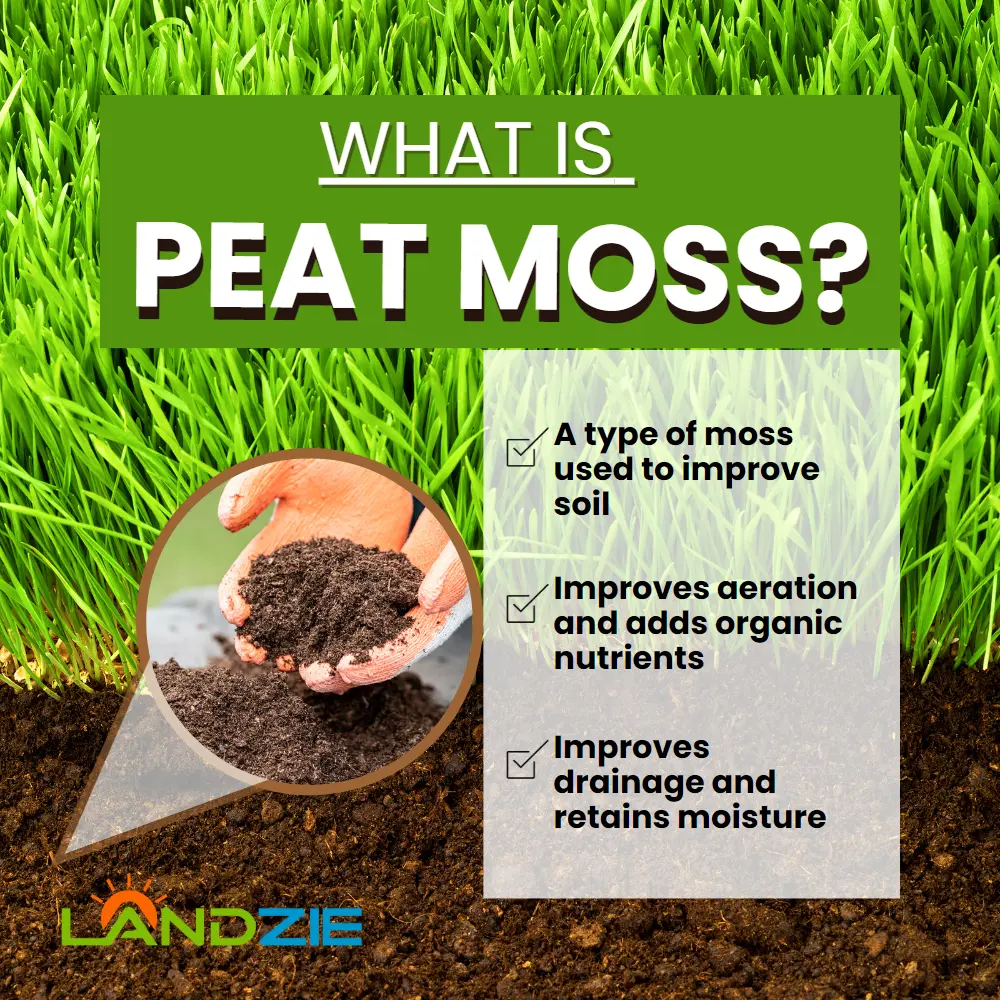
- Coconut coir is another great option for retaining moisture in your soil. It is made from the husks of coconuts and is a sustainable and renewable resource. Coconut coir can hold up to 50% of its weight in water, making it a great choice for all types of soil.
- Vermiculite is a mineral that is made up of tiny, lightweight flakes. It is a great way to aerate your soil and improve drainage. Vermiculite can also help to retain moisture, making it a good choice for sandy soils.
- Perlite is another mineral that is made up of tiny, lightweight particles. It is a great way to aerate your soil and improve drainage. Perlite can also help to retain moisture, making it a good choice for clay soils.

- Compost is a great way to improve the overall health of your soil. It is made up of organic matter, such as food scraps, yard waste, and manure. Compost can help to retain moisture, improve drainage, and add nutrients to your soil.
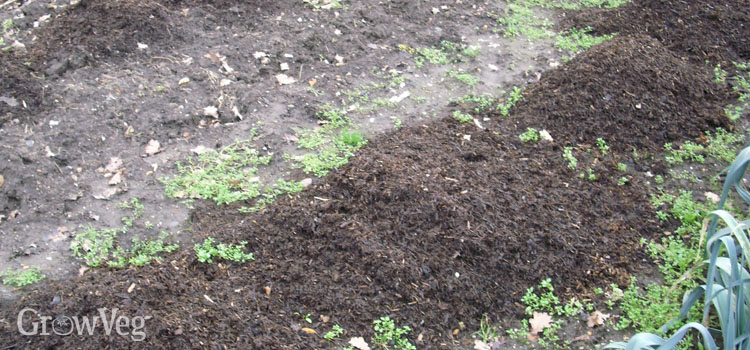
- Wood chips are a great way to add organic matter to your soil. They can help to retain moisture, improve drainage, and add nutrients to your soil. Wood chips can also help to suppress weeds.
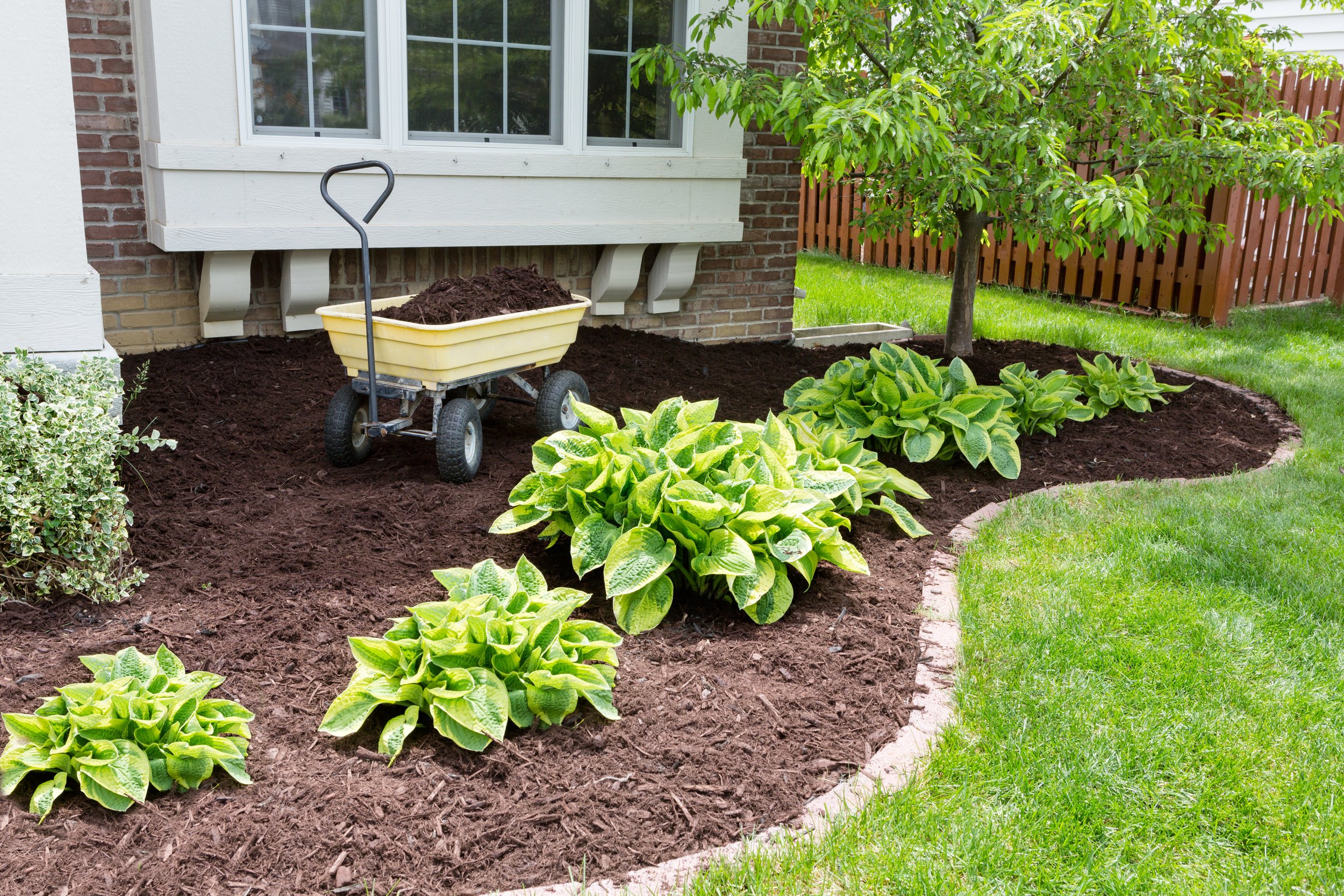
- Gravel is a good way to improve drainage in your soil. It can help to break up compacted soil and allow water to flow more freely. Gravel can also help to retain moisture, as it will absorb water and release it slowly over time.
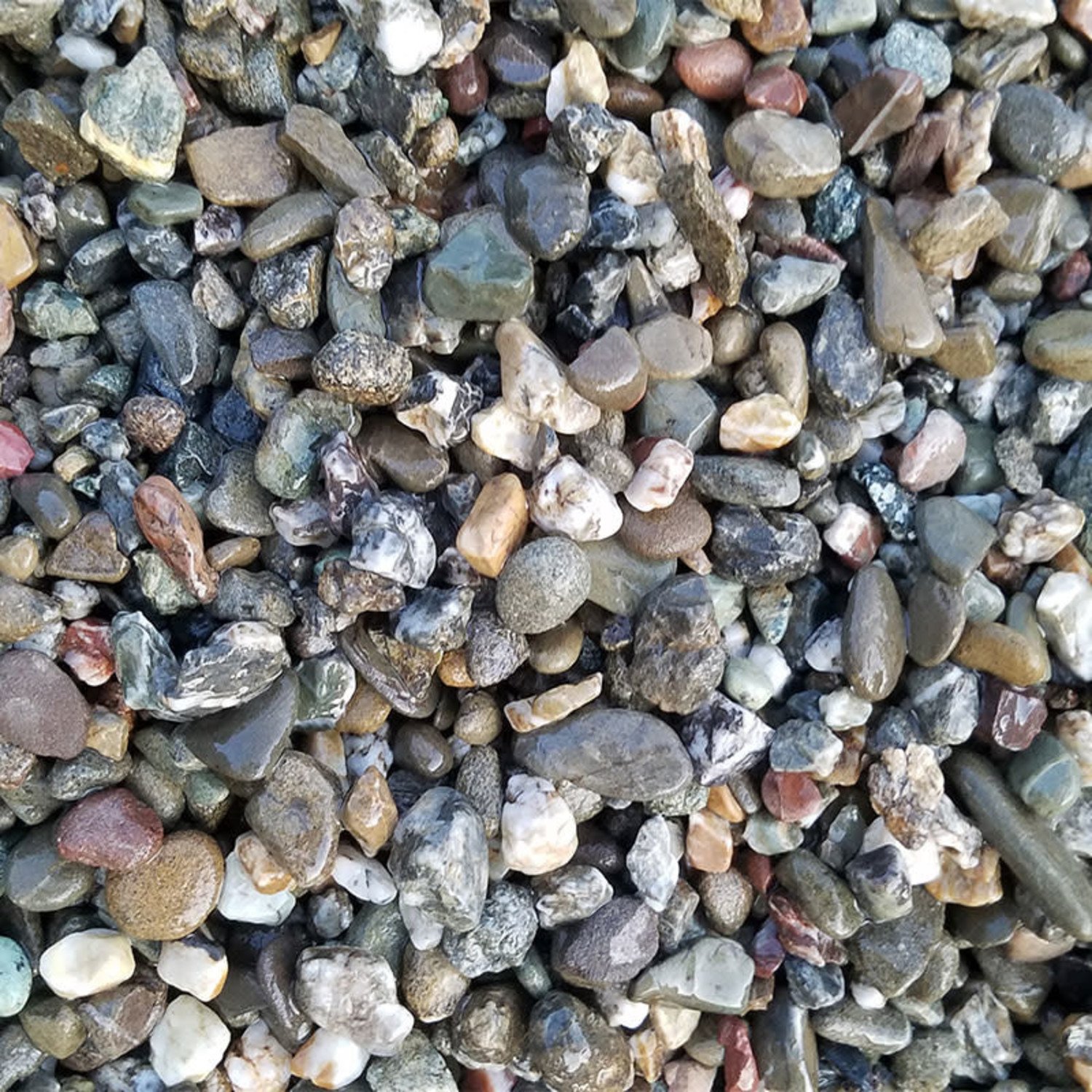
- Sand is a good way to improve drainage in your soil. It can help to break up compacted soil and allow water to flow more freely. Sand can also help to retain moisture, as it will absorb water and release it slowly over time.
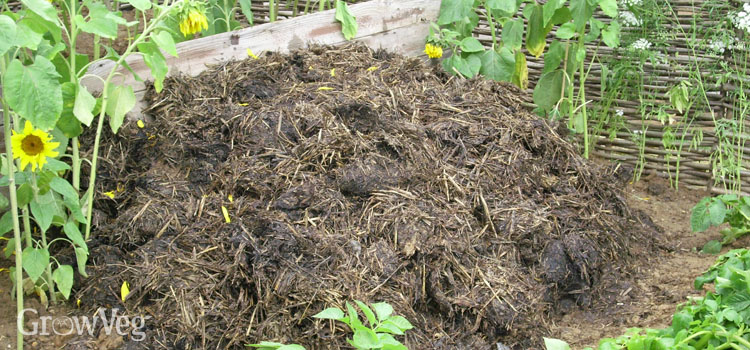
- Mulch is a layer of organic material that is spread on top of the soil. It can help to retain moisture, suppress weeds, and improve the overall health of your soil.
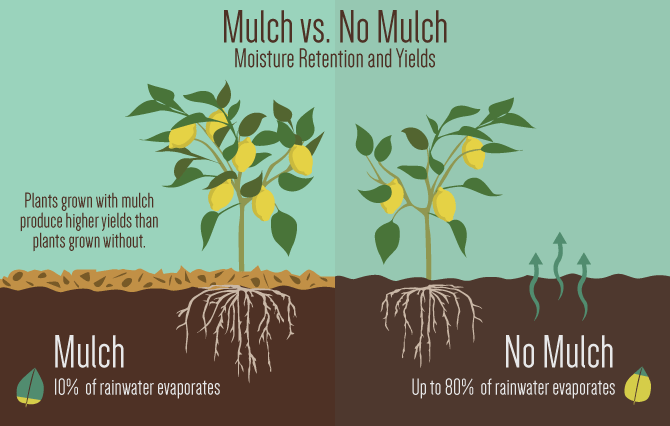
- Leaf mold is a type of compost that is made up of decaying leaves. It is a great way to retain moisture, improve drainage, and add nutrients to your soil.
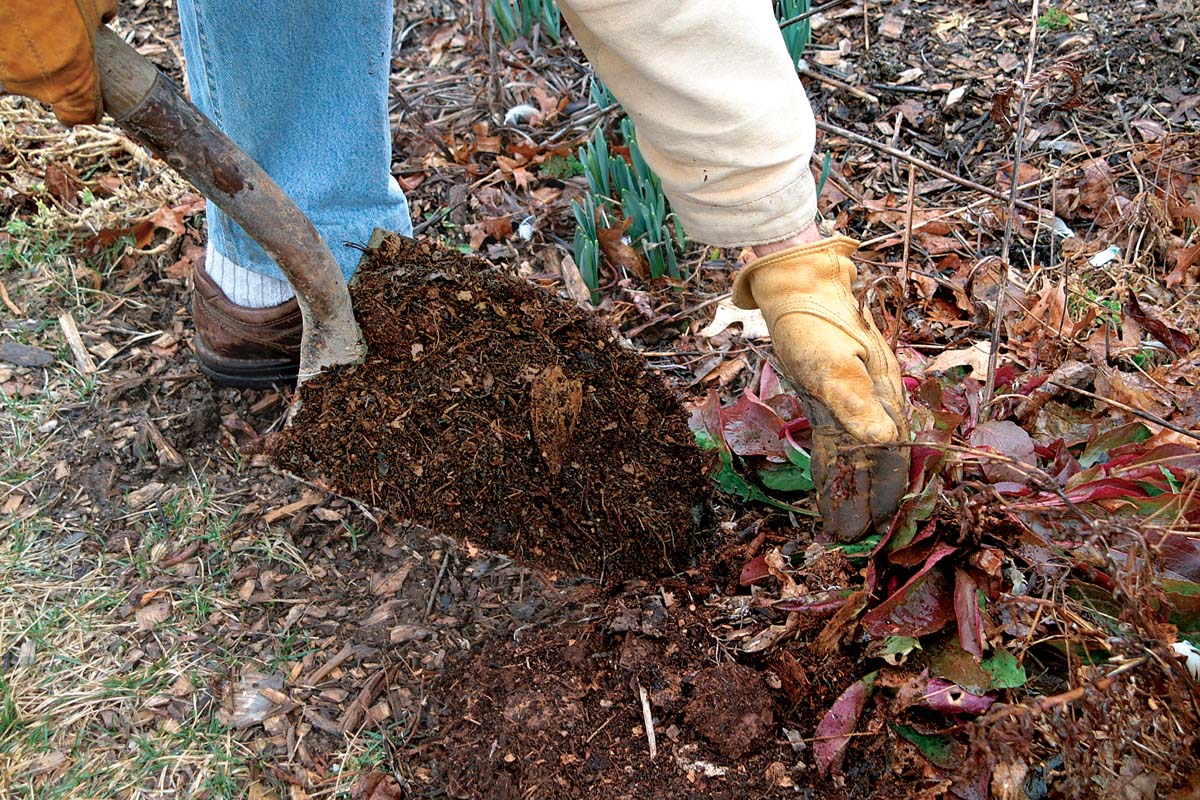

Post a Comment for " Soil Additives To Retain Moisture And Keep Your Plants Happy"